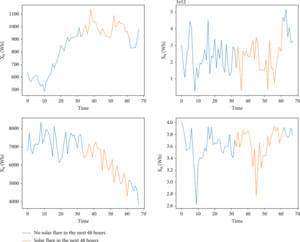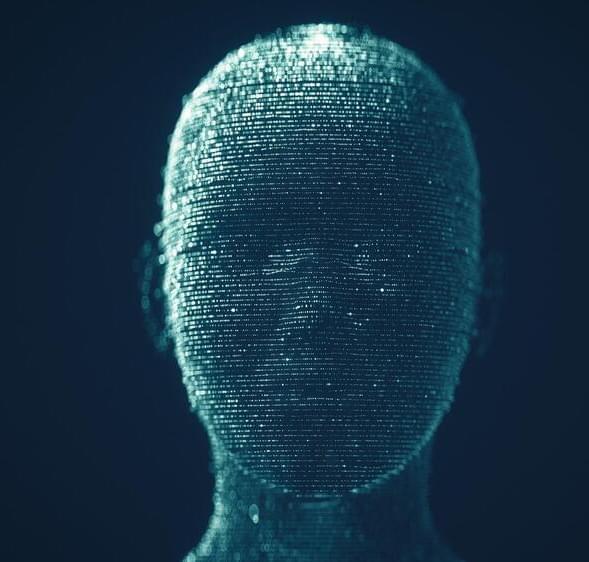Were you unable to attend Transform 2022? Check out all of the summit sessions in our on-demand library now! Watch here.
Digital twins enable enterprises to model and simulate buildings, products, manufacturing lines, facilities and processes. This can improve performance, quickly flag quality errors and support better decision-making. Today, most digital twin projects are one-off efforts. A team may create one digital twin for a new gearbox and start all over when modeling a wind turbine that includes this part or the business process that repairs this part.
Ideally, engineers would like to quickly assemble more complex digital twins to represent turbines, wind farms, power grids and energy businesses. This is complicated by the different components that go into digital twins beyond the physical models, such as data management, semantic labels, security and the user interface (UI). New approaches for composing digital elements into larger assemblies and models could help simplify this process.








